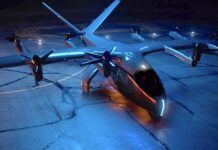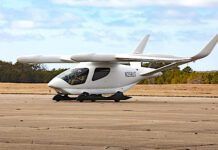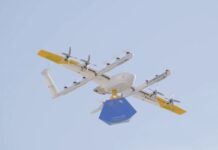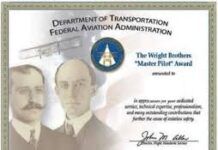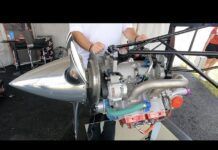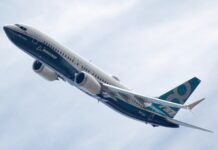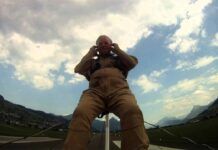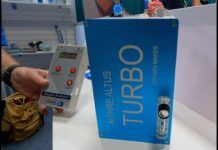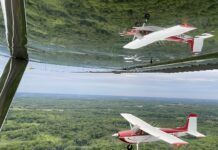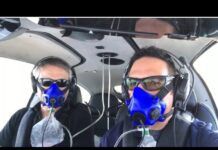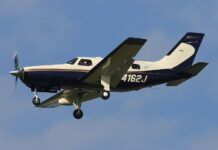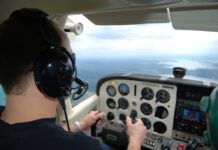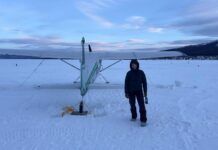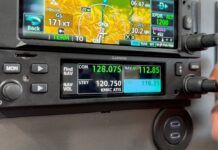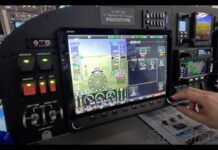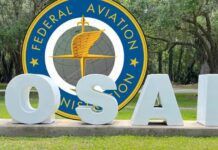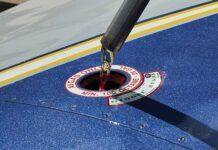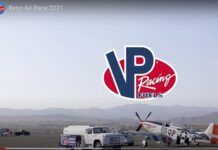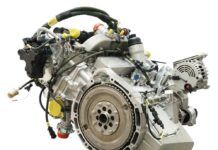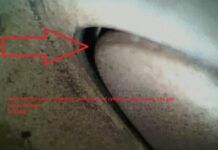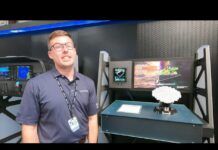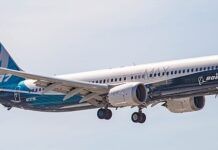One of my many character flaws is a complete disinterest in filling out forms of any kind including, Im sorry to say, logbooks. I scribble down the legal requirements for currency, but thats about it. As a result, Im not quite sure when I last flew an airplane that wasnt an LSA. Might have been an Eclipse demo or perhaps Diamonds DA-40 diesel when I was in Austria last spring. Sadly, Ill never be able to boast of the impressive number of types Ive flown, but then if I dont care, why should anyone else?
Flying new LSAs is all but unavoidable because there are so many of them. Just at the Sport Aviation Expo over the weekend, there were three new ones and a couple of variants on existing designs. We try to fly as many as we can because readers and viewers are interested in these new designs. And frankly, I prefer flying simple little airplanes over squiring around a collection of aluminum or composite whose purpose seems to be moving a sophisticated avionics package and an iPad from A to B.
This has caused me to reset my thinking about light sport airplanes. Its all but an article of faith that LSAs are overpriced and undervalued, a discussion weve had in this forum ad nauseam. Not wishing to have it again, I will say this about most of the light sport airplanes Ive been flying: high priced or not, many are definitely better airplanes than what went before them. While some are reheats of traditional Cub-type designs, they simply fly and perform better. Whether that better is commensurate with the higher price is a buyer-beholder thing.
While at the Sport Expo show, I had a generous amount of flight time to compare RANS new S-20 Raven to my own J-3 Cub. RANS is a prolific designer of mostly experimental amateur-built airplanes, but theyve got a fly away LSA model in the S-7LS and the S-20 will eventually be the same, although its an EAB kit for now. The S-20 is a side-by-side taildragger with a 100-hp Rotax 912. So six decades after the J-3, why is the S-20 so much better?
Although its about the same size as a Cub-its actually a foot-and-half shorter with a five-foot less wingspan-its vastly more commodious inside. With its tandem seating, the J-3 is tight and there is absolutely no convenient place to put stuff like a tablet or a kneeboard, while the S-20 has a large, easy-to-reach baggage compartment. And for a small airplane, the S-20 has so much cabin width that theres no risk of shoulder rubbing.
As for the ergos and ventilation, the S-20 is quiet and warm compared to the J-3s drafty and cold. Its been 40 degrees here in Florida this week and those drafts that seep through the Cubs door and window chill the charm. Im reptilian in my choice of temperature range. Id rather sweat than shiver.
As for handling, the difference between the two is stark. The old Cub has a ton of adverse yaw and while that makes it a good teacher for rudder use, its not necessarily a desirable aerodynamic characteristic. The S-20 isnt quite feet on the floor, but it has little adverse yaw. One thing I dont like about many of the LSAs coming out of Europe is too-light control forces-this is definitely not desirable in any airplane. A couple of years ago, I slapped my fish scale on the stick of a Remos and found that the control forces were too light to measure and there was zero breakout force from a centered stick. The J-3 is quite heavy in roll and predictably, a little lighter in pitch. The S-20 splits the difference; its light in roll, but theres measureable force there. It feels like it ought to feel.
Just to show how the limitations of design ingrain habits, when I was taxiing the S-20, I was S-turning, this despite the fact that you can see almost as well over the nose as you can in a Cessna 150. While having the forward view blocked during taxi is part of the J-3s old-world charm and accurately represents the pungent experience of 1930s flying, I wouldnt order that feature in a new airplane. Ditto for the brakes. Its true that if youre doing things right, you dont really need brakes in a taildragger, but thats not the same as having BINOS-brakes in name only. I dont mind being able to stop vigorously when necessary. Im pretty sure I can avoid the noseover.
With 25 more horsepower than our Cub, the S-20 is a better climber and faster than the J-3. Part of that is due to lower drag. I notice this when flying any of the Cub-type LSAs. Despite being very current in the Cub-like 15-landings-a-week current-Im always too fast and too high in the newer airplanes. By habit, I tend not to use the airspeed indicator as a reference, since I dont do that in the Cub. And that means until Ive done a few landings, I tilt toward the fast and floaty instead of the slow and certain. Taildragger skills are only so transferable, at least for me.
This is especially noticeable in the pattern, where I like to fly a tight turn-in thats perfect for the J-3, but will yield a too-high approach in something like the S-20 or the Legend Cubs. Since I seem to have trouble curing myself of that tight pattern, I do a lot of slipping to short final. Nothing wrong with that; its a skill that needs to be kept alive.
As I mentioned in Fridays blog, the arrival procedure into Sebring was a bit of a goat rope and rather than stooge around in circles over Lake Jackson, Randy Schlitter and I flew over to nearby Avon Park for some touch and goes, where we found a gusty crosswind up to about 15 knots. Ill tackle that in the Cub, but the S-20 feels significantly more sure footed in such conditions, suggesting to me that the center of gravity is probably closer to the gear than it is in the Cub. When the S-20 plants, it doesnt have that Im-about-to-break-loose-for-the-tulies feel that the Cub sometimes does.
Unforgiving ground handling will teach you the all-important lesson of staying on your game until the airplane is back in the hangar, but again, I wouldnt specify that in a new airplane. The Cub just happens to be that way.
In its fly-away LSA form, the S-20 will be in the mid $120,000s fully equipped, which is typical of what LSAs in the class cost. Ive already explained in detail why I think these prices are about what they should be, given the cost of building new airplanes in a market that cant sustain volume. If you want to rage about how outrageous that price is, be my guest. But by now, its a lost cause, Im afraid.
For a third as much, you can find a nice, restored Cub that will be a terrific fun flyer. But in the end, the S-20 is just a faster, more comfortable and more sophisticated airplane. Its not just incrementally better, its a lot better. And seriously, if 75 years of progress didnt make it so, it would be scandalous indeed.
Click here for a video report on the RANS S-20.
Join the conversation.
Read others’ comments and add your own.



